Huázhōu Theater (華洲戲院) is a long-abandoned cinema located in Nanxi, a rural district nestled in the low hills of eastern Tainan, Taiwan. Easily reached via Provincial Highway 3, the main settlement in Nanxi is situated along the middle reaches of Tsengwen River, the fourth longest in the country. Nanxi, like most other parts of rural Taiwan, has suffered an almost continuous population outflow for decades, with household registration numbers almost halving from around 14,000 in 1981 to merely 8,000 in 2023. With so many people departing in search of opportunity in bigger cities we are left to wonder, what inspired the construction of such a large theater in this downtrodden town?
This theater owes its existence to a colossal engineering project found another 10 kilometers upriver: Tsengwen Dam (曾文水庫), along with its associated reservoir and power generating station (曾文發電廠). Tsengwen Reservoir is the largest in Taiwan by potential volume1, and also the largest in surface area—more than twice that of Sun Moon Lake. Its primary purpose is to provision the historic Wushantou Reservoir by way of a diversion tunnel several kilometers long, and ultimately to irrigate the Chianan Plain. Tsengwen Reservoir also alleviates flooding when typhoons and extreme storms strike this part of the country.
Construction began on Tsengwen Dam in October 1967, decades after the idea was initially proposed. It was the dawn of a new age of massive infrastructure projects in Taiwan, and as was common in those days, the workforce largely consisted of KMT military veterans2. More than 2,000 laborers relocated to Nanxi to build the dam, and this influx drove the development of a modest entertainment industry in town. Several theaters were established to meet demand3, two permanent structures and two open air cinemas. Huazhou Theater was built diagonally across from a bus station where laborers would typically disembark, opening to the public in 1969.
Huazhou Theater has a purely functional design with few embellishments, very unlike many of the more ostentatious cinemas found elsewhere in Taiwan. While in business vibrant hand-painted movie posters likely would have adorned the stone-washed cement facade—but even accounting for some additional decoration this theater looks quite plain. Perhaps it was built quickly, without concern for urban luxuries, knowing that the burgeoning population of laborers would only be around for so long? Then again, compared to some of the other theaters in town4, it seems Huazhou Theater was considered more comfortable!
Another curious detail about the design: it is nearly identical to that of Guānghuá Theater 光華戲院5 in Liugui, another small town further east in back country Kaohsiung. I’ve not been able to substantiate any connection between these theaters from public records but it’s reasonable to assume they were built by the same company. Whether there was any business relationship between their respective owners is another matter, but that too wouldn’t be so surprising. Both Nanxi and Liugui are connected by a network of old Hakka families who initially settled in the mountains during the camphor boom of the late 19th century.
Since Huazhou Theater mainly catered to Chinese laborers they tended to show martial arts and patriotic films in Mandarin Chinese. For select screenings the theater employed interpreters, for the local populace typically only spoke Taiwanese or Japanese. Touring film stars also visited on occasion, performing music and brief skits on stage, a custom described in greater detail in my article about Zicheng Theater in rural Yunlin.
Tsengwen Dam was completed in April 1973, one season ahead of schedule. As the reservoir began to fill, laborers packed their bags and headed for the local bus station, bound for parts beyond. One of the open air theaters closed within months, and the others struggled to compete in the years that followed, local demand being insufficient to support multiple cinemas in this otherwise sleepy town.
No definitive closing date for Huazhou Theater is known, but the movie posters displayed over one of the emergency exits provides some clues. These films are Lost Lady (失足夫人), a Taiwanese production released in 1982, and Horror Holiday (為愛拼生命), a Hong Kong exploitation flick from 1983. Other primary sources cite 1976 as the year of closure6, but if that’s the case, what would explain these posters inside the theater? Whatever the case, Huazhou Theater screened its last film decades ago, and has been abandoned to the whims of time and the predations of the elements ever since.
Although this theater is widely known in urban exploration circles there are few posts about it online. This article (in Chinese) was my primary source while first doing research into this theater. If you have any interest in seeing it I would recommend doing so soon, as there’s likely no viable case for preserving this particular small town theater.
- Tsengwen Reservoir regularly undergoes extreme seasonal fluctuation in water levels, and typically spends most of the winter and early spring months at a fraction of its overall capacity. Have a look at this government website for real-time reservoir conditions. ↩
- Workforce details were source from More From The Land, an article published in the February 1972 edition of Taiwan Today. ↩
- Huazhou Theater was opened with the support of local gentry Liú Xìnghàn (劉興漢) and, if I understood the passage correctly, was operated by Wú Wénzé (吳文澤). These details were taken from Nányíng Theater Chronicles (南瀛戲院誌), 2009. ↩
- Apart from the eponymous Nanxi Theater (楠西戲院), which was built some years prior to this one, there were also two open-air theaters. ↩
- Formosa Jay Mac has already written about Guanghua Theater. I will publish my own account some day. Naturally I am also curious if any other theaters used this same design, but I’m not aware of any others at the time of publication. ↩
- Nanying Theater Chronicles suggests the theater closed around 1976. Presumably this information was derived from interviews with townspeople, so what’s the story with the movie posters from the early 1980s? It seems improbable to me that newer movie posters would be added to an abandoned theater out of some sense of nostalgia. Far more likely that it survived to the early 1980s showing exploitation films and smut—and townspeople did not recall the exact date of closure. ↩
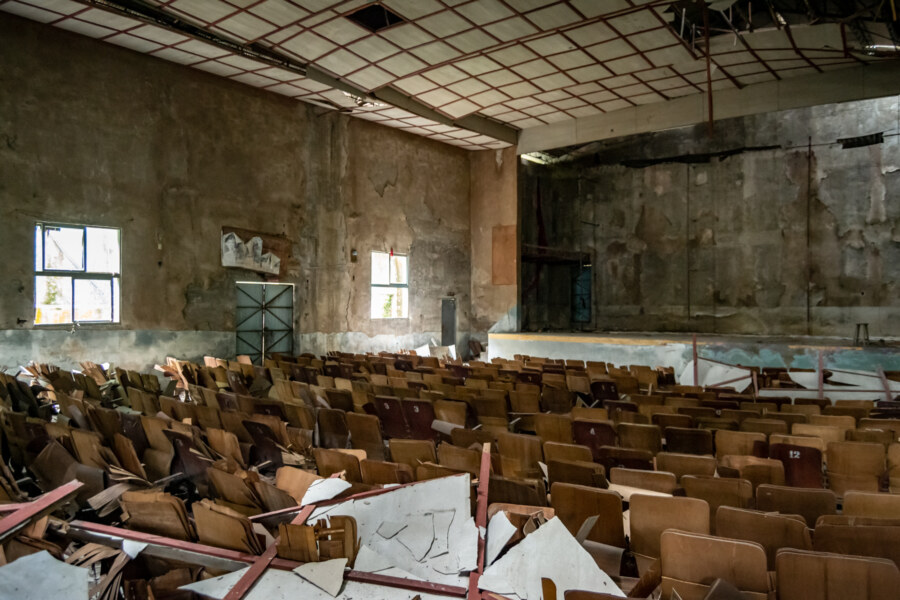
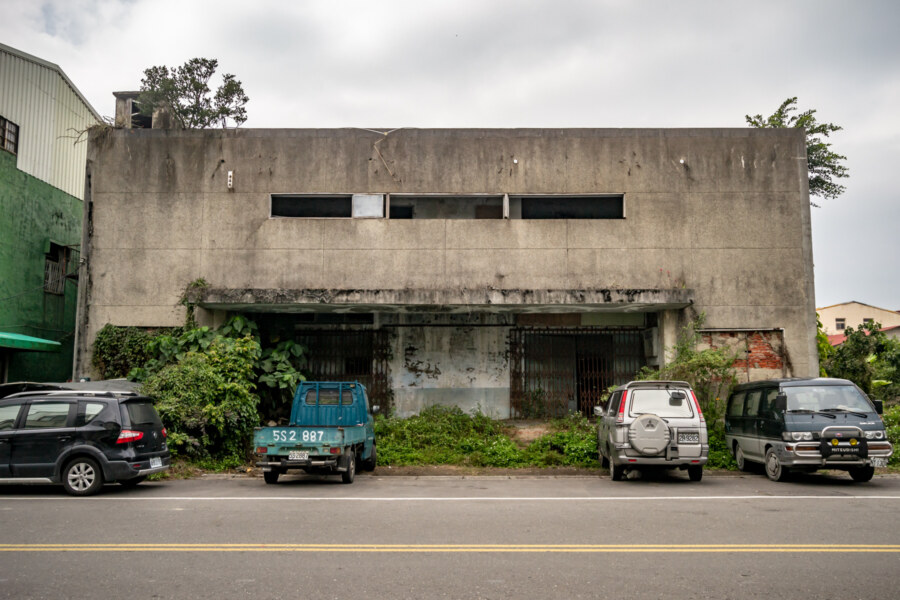
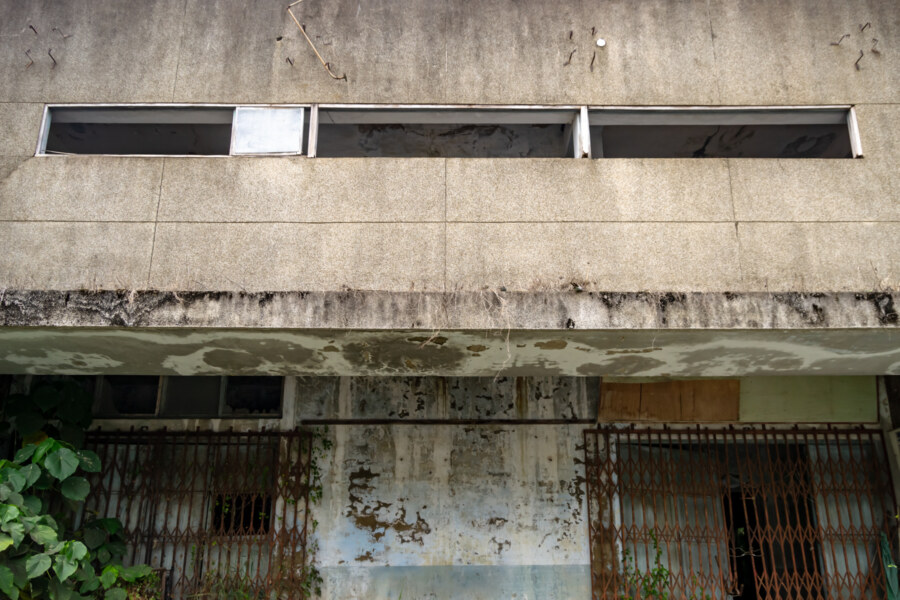
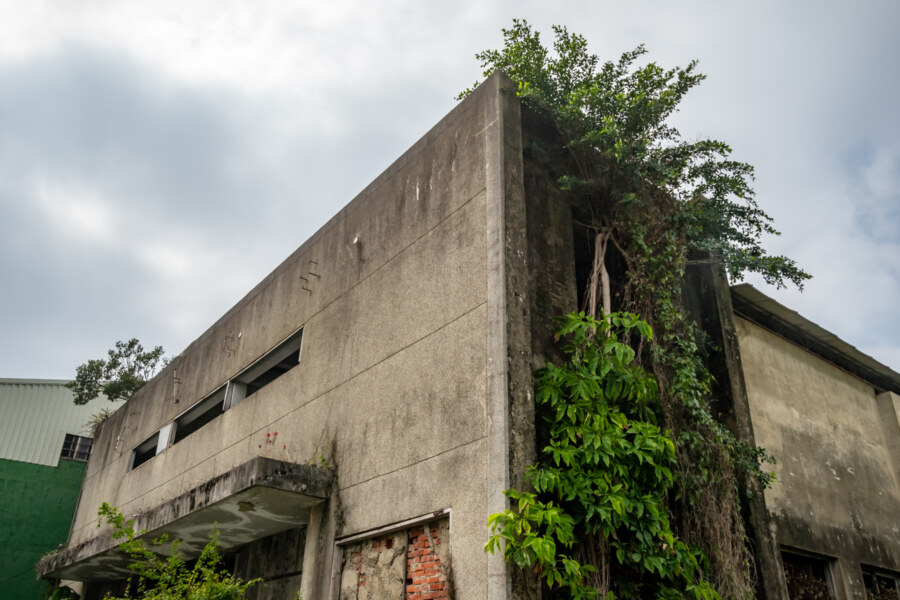
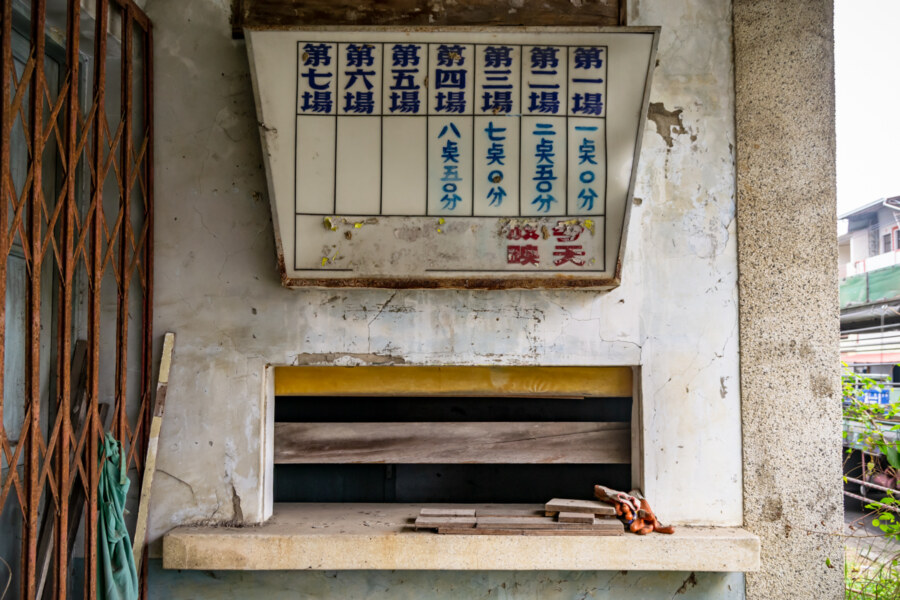
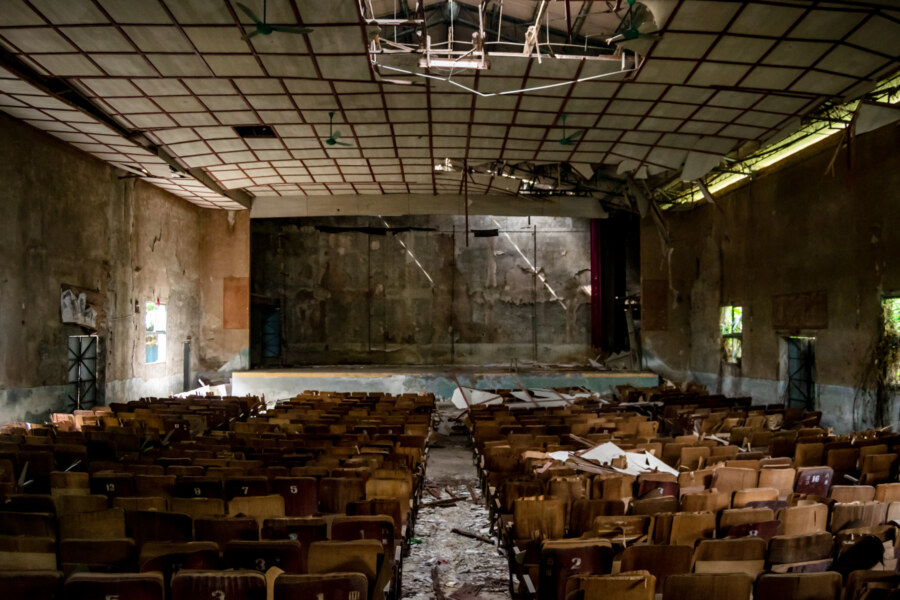
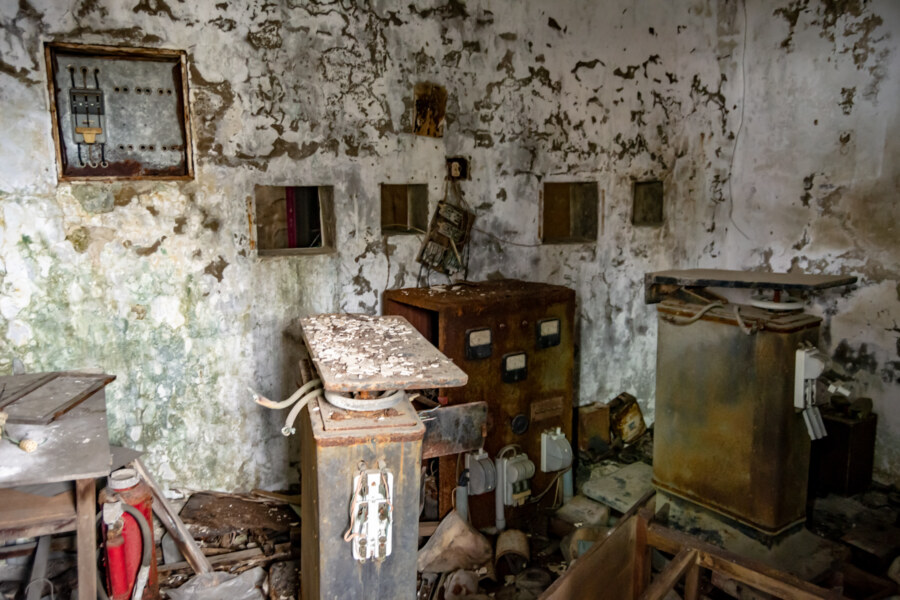
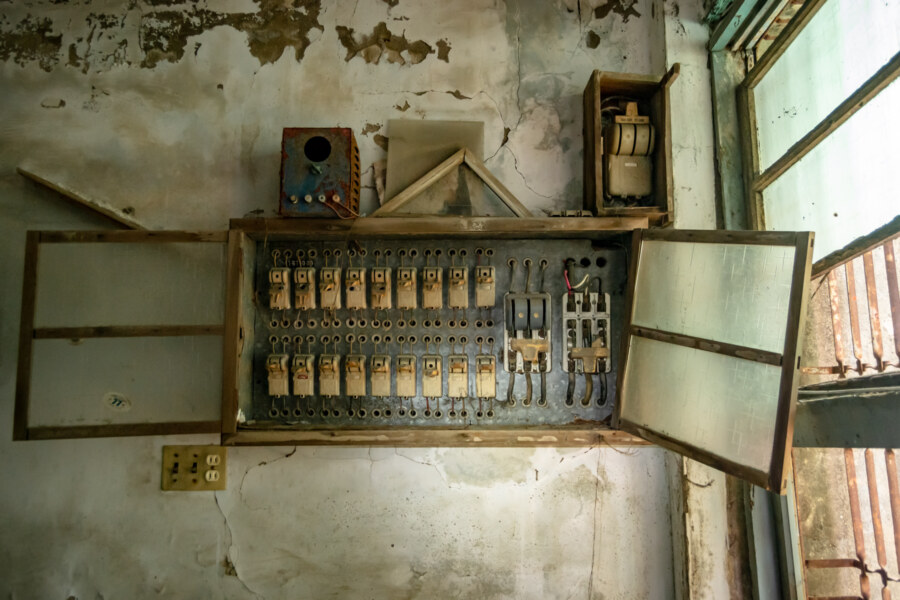
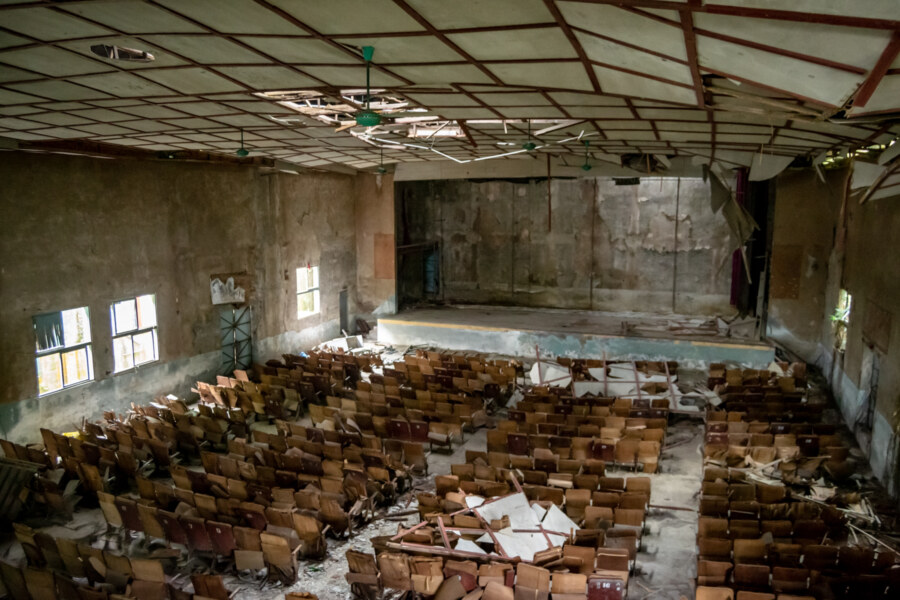
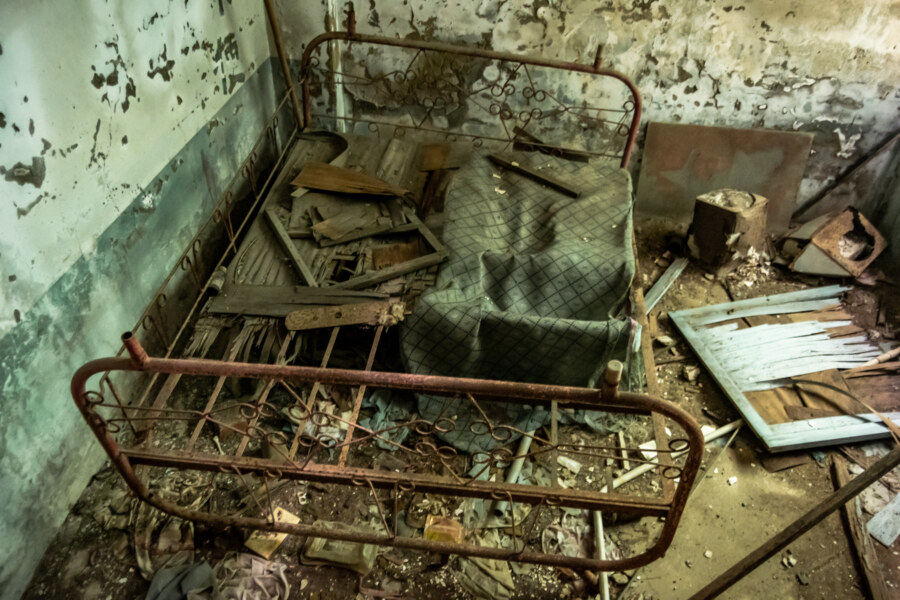
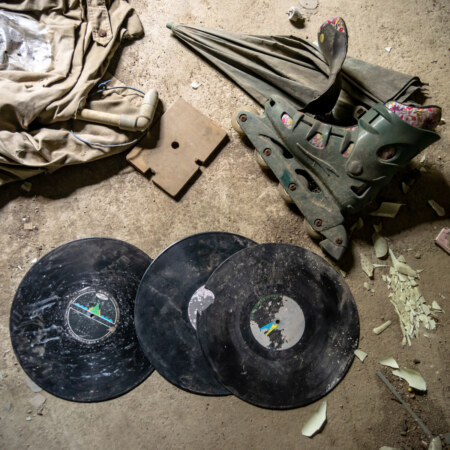
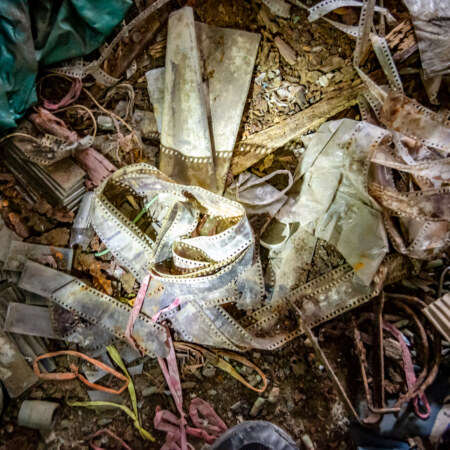
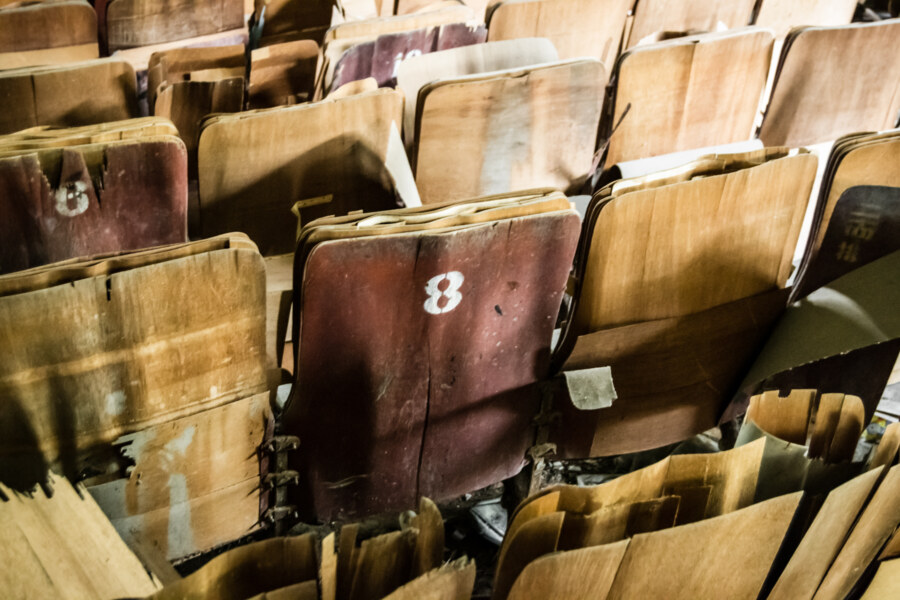
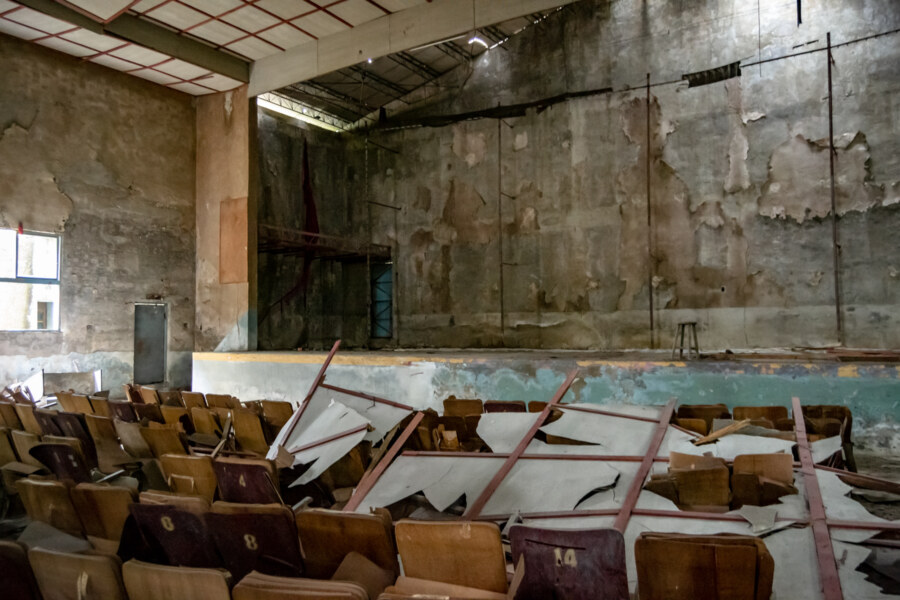
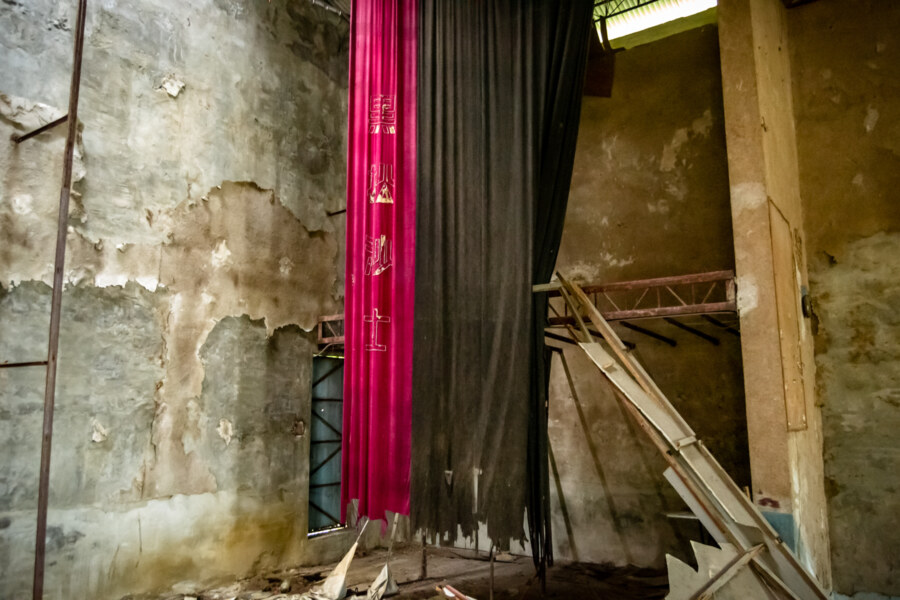
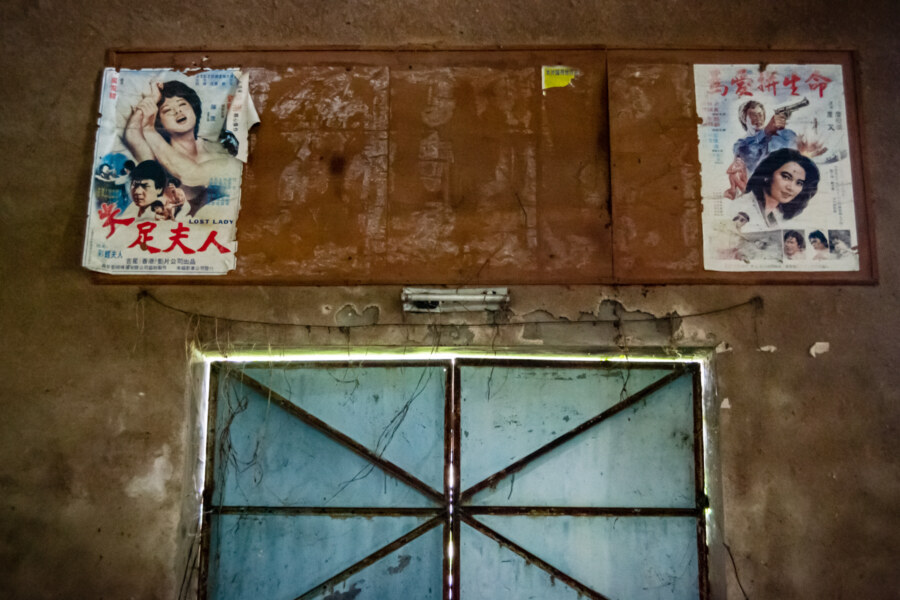
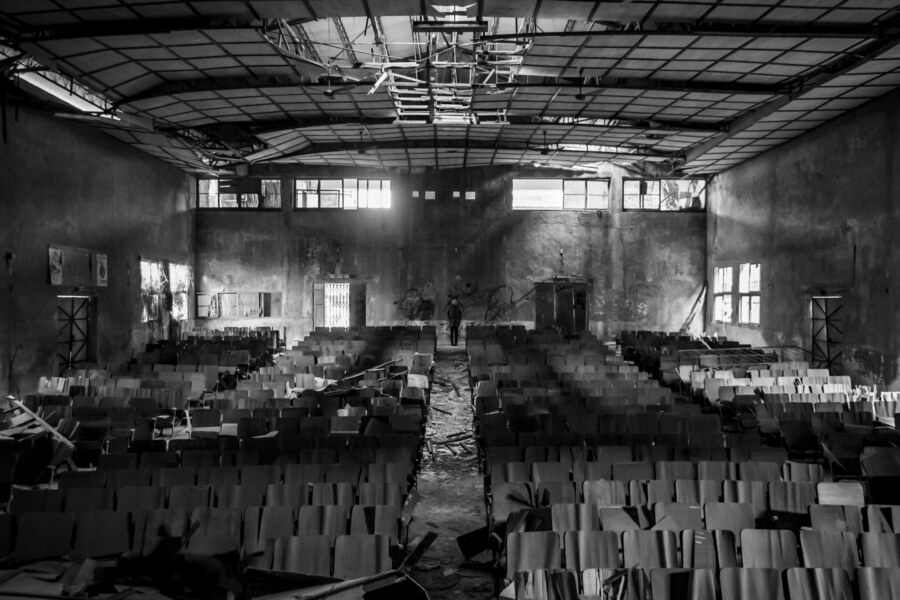
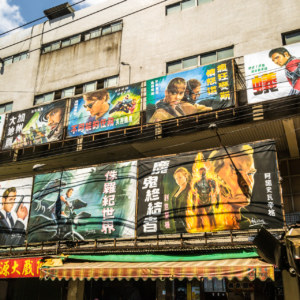
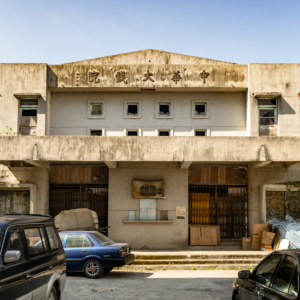
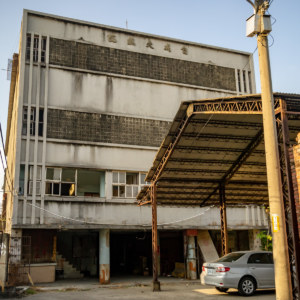
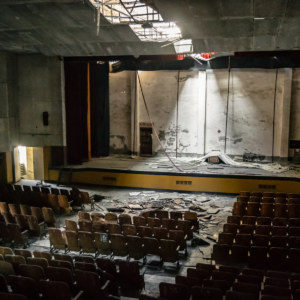
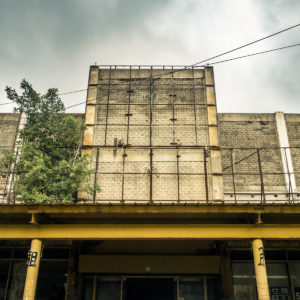
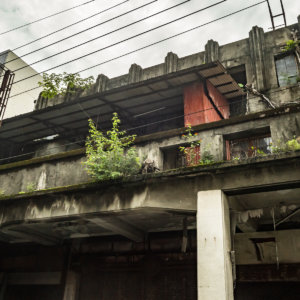
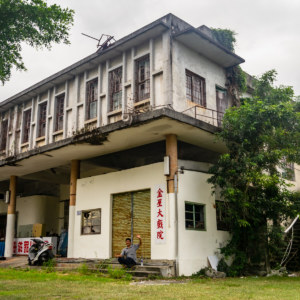
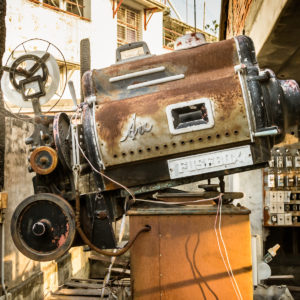
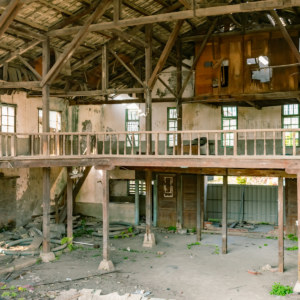
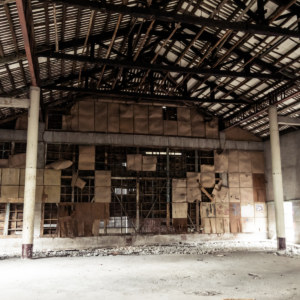
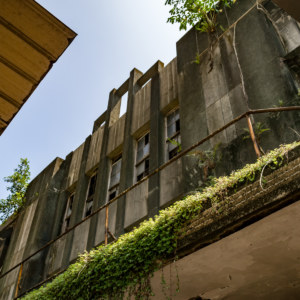
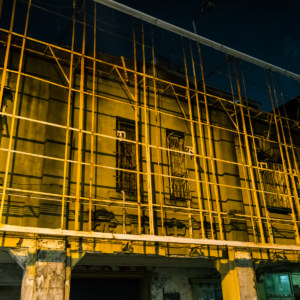
Write a Comment